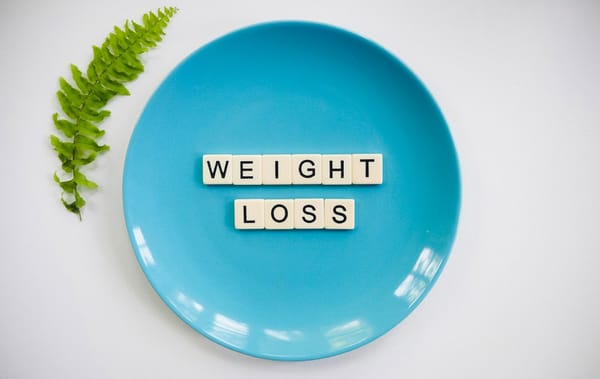How to Adjust Your TDEE for Cold Weather Training and Fat Loss

Training in cold, wet weather throws some unique spanners in the works regarding fat loss; on the other hand, it can also be quite optimizable. The body will expend extra energy in an attempt to maintain its core temperature, thus potentially affecting the TDEE. Adjusting your TDEE for cold-weather training to get more performance, recovery, and fat-burning potential will be an added bonus.
What TDEE Means in Cold Environments
TDEE can be broken down into four main components:
- Basal Metabolism Rate (BMR): A number in calories needed by the body while at rest to maintain basic functions.
- Thermgic Effect of Foods (TEF): That is, the energy demand for digestion and metabolism of foods.
- Physical Activity Level (PAL): Total energy expenditure through physical exercise.
- Non-Exercise Activity Thermogenesis (NEAT): Calories used in daily activity and postures that do not include exercise, such as walking, fidgeting, and shivering.
Cold weather will increase TDEE by raising BMR, NEAT, and overall calorie expenditure attributed to thermoregulation.
How Cold Weather Increases Caloric Burn
1. Higher Energy Demands for Thermoregulation
The body works harder to maintain its internal temperature; hence, more calories are burnt. Just shivering alone can lead to an energy expenditure of between 100-200 calories per hour.
2. Brown Fat Activation
It's the brown adipose tissue, which has an ability to generate heat. This triggered thermogenesis will contribute to an increment in calorie burn, helping in fat loss.
3. Increased Energy Expenditures for Exercise
The muscles will be working under increased resistance created by layered clothing and the joints being stiff. These give higher energy expenditures compared to workouts during warmer weather.
Adjusting Your TDEE for Cold Weather Training
1. If You Feel Like Calories Should Be Increased, Go Ahead
If you are working out in the cold at very high intensities, your body may also need an intake of some extra calories to fuel both performance and recovery. For this, a moderate increase within a range of 5-10% will work.
Macronutrient Distribution Optimization
- Protein: It supports the recovery of muscles and prevents muscle breakdown during fat loss.
- Healthy Fats: Provide prolonged energy with enabling the process of thermoregulation.
- Complex Carbohydrates: Ensure that you have sufficient fuel in store to keep the endurance going, with warmth.
3. Staying Hydrated
Cold weather can reduce your sense of thirst, yet dehydration can be stalled for metabolism and fat loss. Drink water throughout the day.
4. Meal Timing Around Workouts
Eating a pre-workout meal with proteins and carbohydrates must be set, in addition to post-workout carbs. That helps with endurance, calorie burn, and muscle recovery through glycogen replenishment.
Maximizing Fat Loss in Cold Conditions
1. Engage in High-Intensity Workouts
HIIT and weight training to get the fat out and keep burning calories in the post-workout stage.
2. Leverage Cold Exposure
Spending time in a cold environment, pre- and post-exercise, can create an extra stimulus for thermogenesis. Cold showers and walking outdoors in cold weather can help with fat-burning.
3. Ensure Adequate Recovery
Increased body stress in cold weather necessitates good sleep, proper nutrition, and active recovery in ensuring that one does not become over-trained.
Conclusion
Indeed, cold training helps to burn more calories and reduce fat, provided it is all properly managed. In that circumstance, one can only use the maintenance of energy and performance to maximize fat loss by way of adjusting TDEE, proper macronutrient allocation, and by integrating tactical training methods. It will definitely set the pace and keep you on track to achieving your fitness goal out there.



